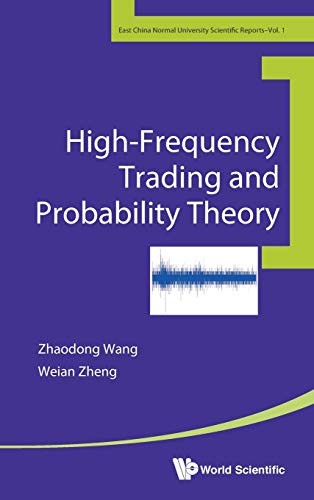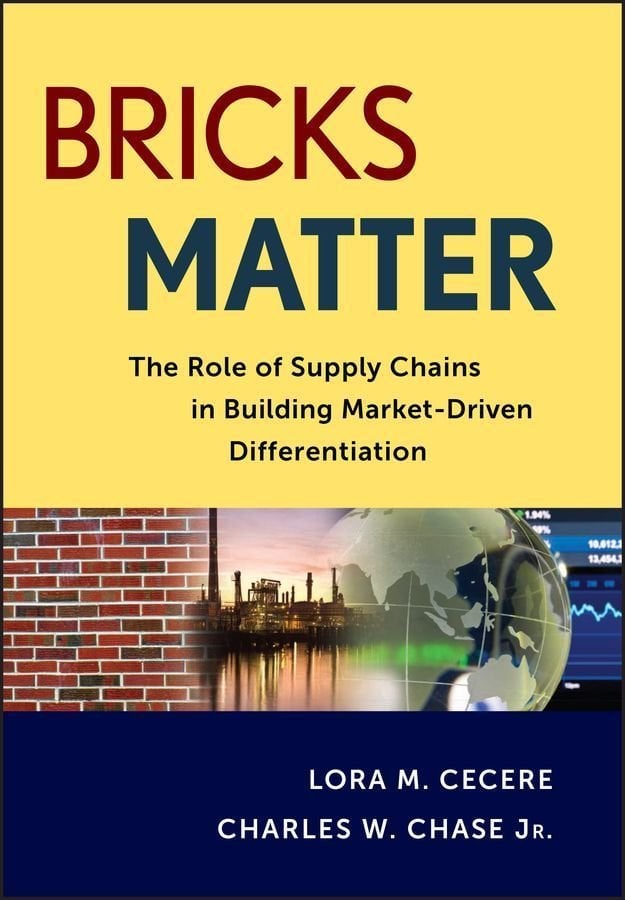This book is a theory-led conceptual account of the Principal-Agent problem and related concepts of Behavioural Real Estate economics, a decade after the real estate crisis of 2008. Data from 52 qualitative interviews undertaken with appraisers, real estate brokers, and property owners is used to argue that the reality is more nuanced and influenced by the interests of the different real estate market actors. The book provides a sketch of the relationship dynamics between real estate investors and service providers in the markets of Austria and Central and Eastern Europe. While the investors manage real estate portfolios and have to deal with particular legal systems, regulations, and norms, they often appoint service providers who have a comprehensive understanding of the local context. This work aims to highlight that this relationship between the real estate market actors creates an information asymmetry that may constitute the basis of conflicts of interest as well as Principal-Agent problems. Furthermore, the work underlines that the services provided by appraisers and real estate brokers to investors may strongly influence the profit the investor can generate from a transaction. It could be therefore inferred that the investor inclines towards a certain type of result from a service provider over the others. The present research has revealed that the investors are guided by certain interests and undertake to steer the service providers in a favoured direction. This book is essential reading for anyone interested in the nuances of Behavioural Economics and real estate.












